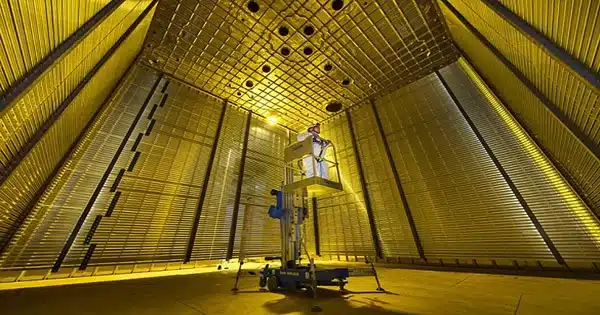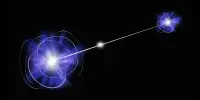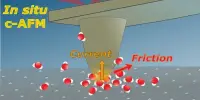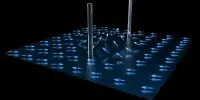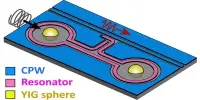The neutrino, one of nature’s most enigmatic and poorly understood subatomic particles, interacts with matter only infrequently. Precision investigations of the neutrino and its antimatter counterpart, the antineutrino, are difficult. Nuclear reactors, the Earth’s most powerful neutrino emitters, play an important role in investigating these particles. The Precision Reactor Oscillation and Spectrum Experiment (PROSPECT) was created by researchers to study electron antineutrinos originating from the core of the High Flux Isotope Reactor (HFIR).
The PROSPECT research team has now released the most precise measurement of the energy spectrum of antineutrinos generated by uranium-235 (U-235) fission. These findings give scientists new insights into the nature of these particles.
PROSPECT’s colleagues include around 60 people from 13 universities and four national laboratories. They developed a unique antineutrino detector system and deployed it with significant, tailored background shielding at Oak Ridge National Laboratory’s HFIR research reactor, a Department of Energy (DOE) Office of Science user facility. The study focuses on antineutrinos produced by the fission of U-235. Antineutrinos are antimatter-particle equivalents of neutrinos produced by nuclear beta decay.
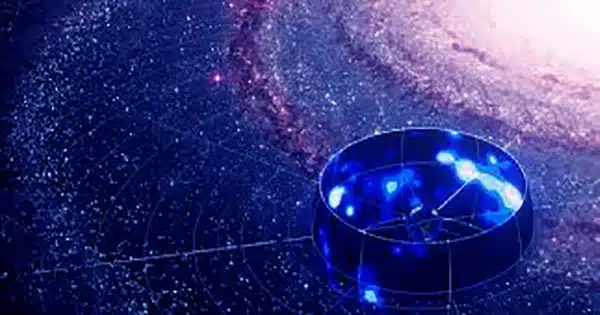
PROSPECT offered fundamental neutrino physics insight and is a significant tool for better understanding nuclear processes in fission reactors. The most exact measurement of the antineutrino energy spectrum from U-235 has recently been reported by PROSPECT. Furthermore, it imposes new constraints on the source of the observed data-model mismatch. These findings highlight the need for improved models that describe the creation of antineutrinos from fissile isotopes. The findings were published in Physical Review Letters.
Scientists are fascinated by neutrino features because they give a direct test of the Standard Model of particle physics. This is the theory that describes the interactions of the universe’s fundamental particles. Disagreements between model predictions and experimental results have led to suggestions for physics that are not explained by the Standard Model. These reactor-based investigations discovered discrepancies in a narrow section of the energy spectrum and identified fewer neutrinos than expected.
The new PROSPECT Collaboration outcome directly resolves these issues. The end solution does this by giving a new reference energy spectrum. It also introduces new limits on the source of data-model disputes.
Nuclear reactor-based experiments have accomplished significant breakthroughs in neutrino physics, such as the first experimental detection of the particle and confirmation that neutrinos change kinds as they travel. HFIR’s unique characteristics, such as high intensity and a compact core of highly enriched U-235 fuel, make it an ideal place to continue this historical link between reactors and new neutrino properties.
